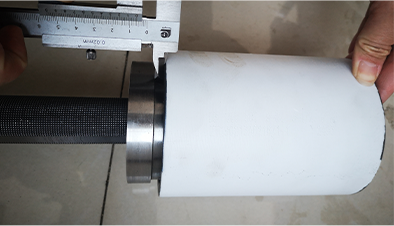- Afrikaans
- Albanian
- Amharic
- Arabic
- Armenian
- Azerbaijani
- Basque
- Belarusian
- Bengali
- Bosnian
- Bulgarian
- Catalan
- Cebuano
- Corsican
- Croatian
- Czech
- Danish
- Dutch
- English
- Esperanto
- Estonian
- Finnish
- French
- Frisian
- Galician
- Georgian
- German
- Greek
- Gujarati
- Haitian Creole
- hausa
- hawaiian
- Hebrew
- Hindi
- Miao
- Hungarian
- Icelandic
- igbo
- Indonesian
- irish
- Italian
- Japanese
- Javanese
- Kannada
- kazakh
- Khmer
- Rwandese
- Korean
- Kurdish
- Kyrgyz
- Lao
- Latin
- Latvian
- Lithuanian
- Luxembourgish
- Macedonian
- Malgashi
- Malay
- Malayalam
- Maltese
- Maori
- Marathi
- Mongolian
- Myanmar
- Nepali
- Norwegian
- Norwegian
- Occitan
- Pashto
- Persian
- Polish
- Portuguese
- Punjabi
- Romanian
- Russian
- Samoan
- Scottish Gaelic
- Serbian
- Sesotho
- Shona
- Sindhi
- Sinhala
- Slovak
- Slovenian
- Somali
- Spanish
- Sundanese
- Swahili
- Swedish
- Tagalog
- Tajik
- Tamil
- Tatar
- Telugu
- Thai
- Turkish
- Turkmen
- Ukrainian
- Urdu
- Uighur
- Uzbek
- Vietnamese
- Welsh
- Bantu
- Yiddish
- Yoruba
- Zulu
seamless pipe
Seamless Pipes A Key Component in Modern Infrastructure
Seamless pipes are a critical component in various industries, including oil and gas, construction, and manufacturing. Unlike traditional welded pipes, seamless pipes are produced from a solid block of material, eliminating the need for welds and joints. This manufacturing process results in a product that offers several advantages, making seamless pipes a preferred choice for many applications.
One of the primary benefits of seamless pipes is their strength and durability. The absence of seams means there are no weak points where failure can occur under stress. This characteristic is particularly crucial in industries such as oil and gas, where pipes must endure high pressure and extreme temperatures. Seamless pipes can withstand these challenging conditions, reducing the risk of leaks and failures that could lead to catastrophic incidents.
In addition to their strength, seamless pipes provide excellent corrosion resistance. Many seamless pipes are made from high-quality materials that are inherently resistant to rust and other forms of corrosion. This property is essential for applications in harsh environments, such as offshore drilling or chemical processing, where exposure to corrosive substances is common. By using seamless pipes, companies can ensure a longer lifespan for their infrastructure, which translates to lower maintenance costs and increased efficiency.
seamless pipe

Another advantage of seamless pipes is their versatility. They can be manufactured in a variety of sizes and dimensions, making them suitable for numerous applications. From large industrial projects to small residential installations, seamless pipes can be adapted to meet specific requirements. This flexibility allows engineers and contractors to design systems that optimize performance and safety.
Seamless pipes are also easier to install than their welded counterparts. The lack of joints simplifies the installation process and reduces the potential for errors. Furthermore, seamless pipes offer a smoother internal surface, which minimizes turbulence and enhances flow efficiency. This aspect is particularly beneficial in fluid transport systems, where reducing friction can lead to significant energy savings.
In conclusion, seamless pipes are essential in modern infrastructure due to their strength, durability, corrosion resistance, and versatility. As industries continue to evolve and demand high-quality materials, the importance of seamless pipes will only grow, making them an indispensable component of engineering solutions for various sectors. With ongoing advancements in manufacturing processes, the future of seamless pipes looks promising, paving the way for safer and more efficient systems.
-
Tubing Pup Joints: Essential Components for Oil and Gas OperationsNewsJul.10,2025
-
Pup Joints: Essential Components for Reliable Drilling OperationsNewsJul.10,2025
-
Pipe Couplings: Connecting Your World EfficientlyNewsJul.10,2025
-
Mastering Oilfield Operations with Quality Tubing and CasingNewsJul.10,2025
-
High-Quality Casing Couplings for Every NeedNewsJul.10,2025
-
Boost Your Drilling Efficiency with Premium Crossover Tools & Seating NipplesNewsJul.10,2025







